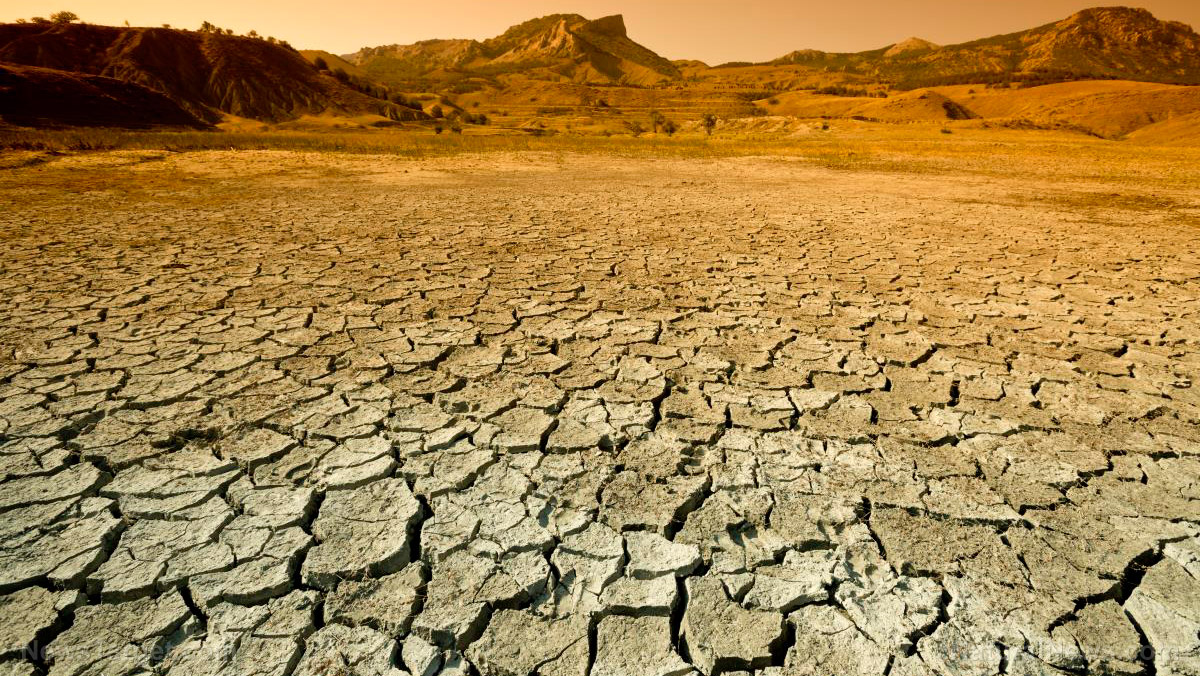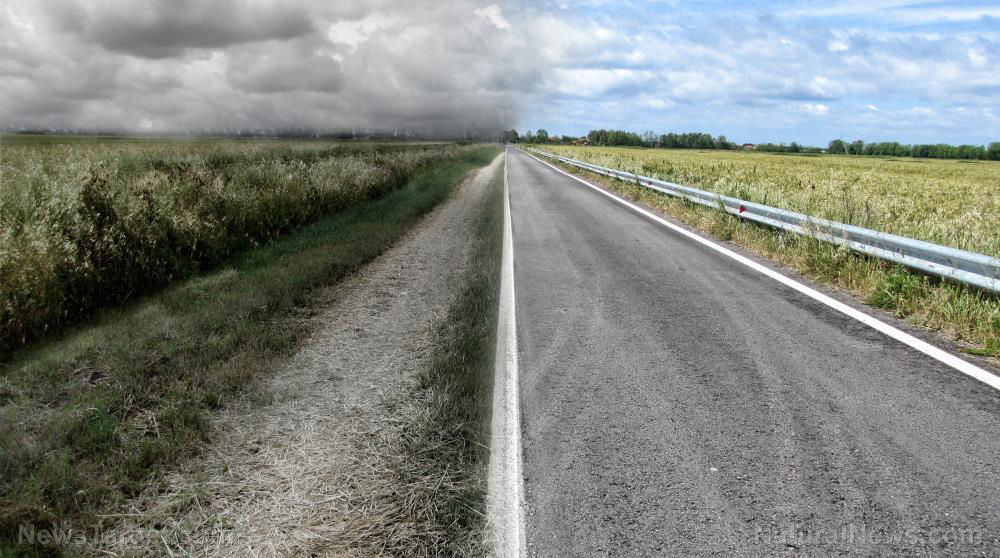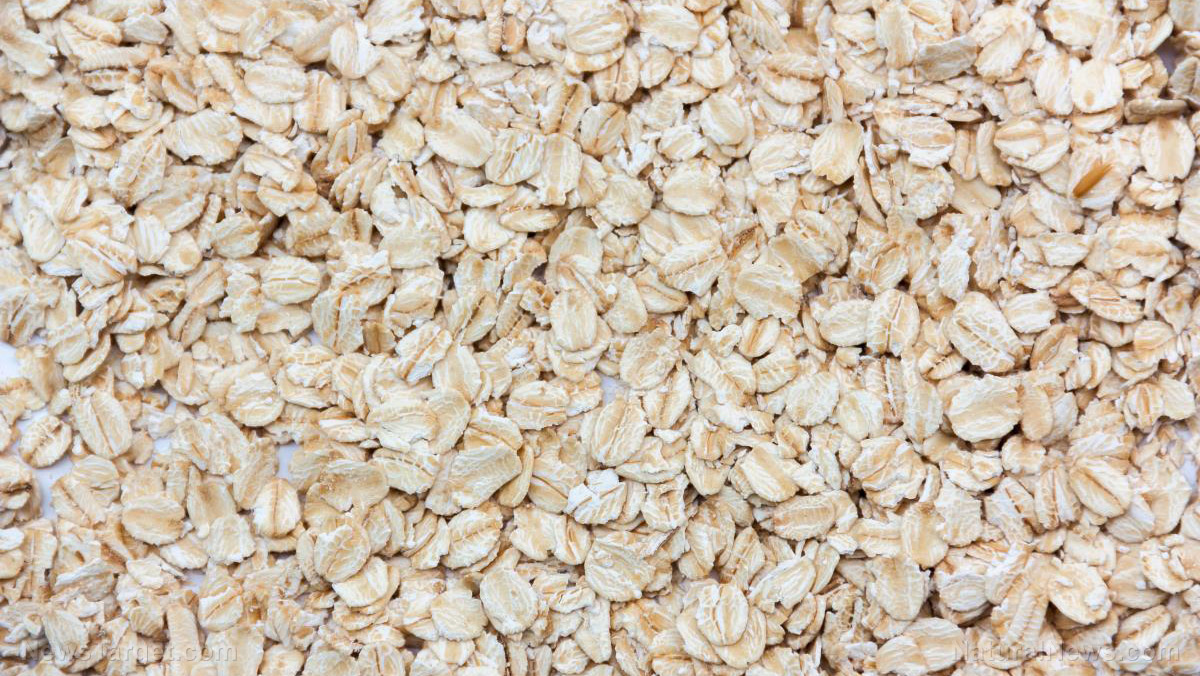Lake Tahoe’s water levels reach dangerous lows due to California drought
10/18/2021 / By Cassie B.

The water level in Lake Tahoe has dropped to a four-year low as droughts in California continue to take their toll on the scenic body of water.
Following several days of increased evaporation brought about by high winds, the lake’s water levels dropped to the natural rim of the basin on Tuesday for the first time since the end of California’s last drought in 2017. The levels then dropped further, going below the rim six days sooner than experts at the UC Davis Tahoe Environmental Research Center expected.
A recent storm was not enough to boost the flow of water from streams into the lake and counteract the effects of the high winds. The center reported that the lake’s water level fell by 1.2 inches in just 36 hours due to evaporation, which is nearly four times the yearly evaporation rate noted there of 72 inches per year.
The lake’s level is expected to continue to drop by 1 to 1.5 inches per week in the absence of significant precipitation. This equals 4 to 6 billion gallons of water a week, which is enough water to satisfy the daily needs of as many as 72 million people.
With the water below the rim of the lake, it has now stopped flowing into the Truckee River, depriving it of a major source water, although the river is getting some inflow from groundwater and streams that are downstream from the lake.
Algae is collecting while salmon are suffering
The low water levels are already having an effect on the lake’s shoreline, where deposits of rotten algae are collecting on beaches and docks. This issue is being compounded by the fact that Lake Tahoe experienced unusually high water temperatures this summer, which made the lake more hospitable to invasive species. In addition, the lake was showered in a thick ash from the Caldor fire, and smoke from the fire reduced the lake’s clarity; researchers are still investigating the ultimate impact of this.
The issue is also impacting the lake’s wildlife, particularly salmon. The upper Truckee marsh, where the lake’s biggest inflow, the upper Truckee, reaches the lake, is a crucial habitat for kokanee salmon, which normally swim upriver at this time of year to spawn. Locals have reported seeing significantly fewer salmon this year and expressed concerns about the future of the lake.
Should water levels remain below the lake’s rim for an extended period, Lake Tahoe could become terminal, which is the name given to water bodies that do not have an outflow, much like California’s Mono Lake and Salton Sea. They are known for high salinity and a lack of aquatic life.
It is even possible that a shallow sill sitting at the mouth of Emerald Bay could emerge if the water levels remain low. This would separate the Bay from the remainder of the lake and may occur at other stream mouths as well, cutting off access to the salmon next fall.
This is not the first time that the water levels of Lake Tahoe have dropped to this point, but experts have said that this week’s drop is very concerning because it signals a type of change that is difficult to manage. Between June 2020 and June 2021, the water in the lake fell by around three feet, and officials have reported that Lake Tahoe is experiencing its third driest year this year since 1910.
Although there may be some relief as winter approaches, experts warn that if this winter is below average in terms of precipitation, it is likely the lake will drop below the natural rim again and stay there for much of next year.
Sources for this article include:
Tagged Under: crisis, Drought, Ecology, environ, Lake Tahoe, salmon, water levels, water supply
RECENT NEWS & ARTICLES
COPYRIGHT © 2017 ECOLOGY NEWS





















